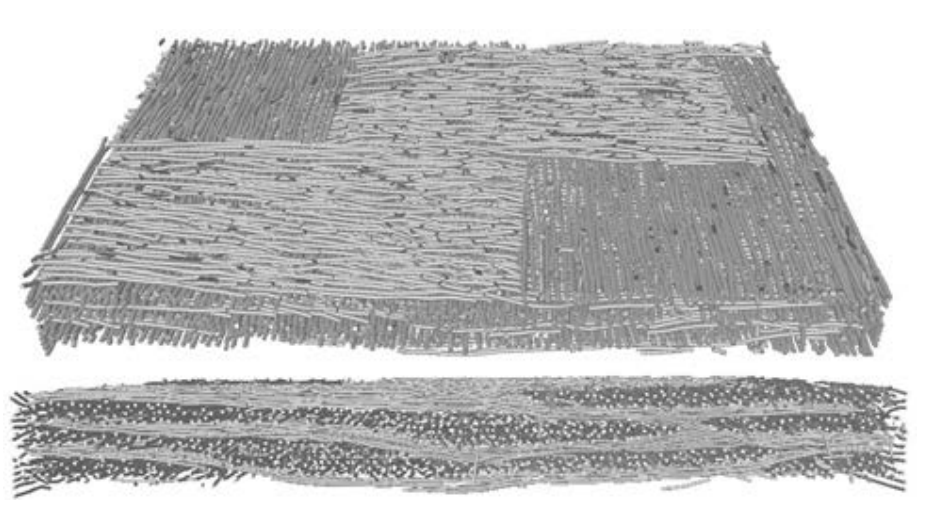Damage Evaluation in Woven Glass Reinforced Polyamide 6.6/6 Composites Using Ultrasound Phase-Shift Analysis and X-ray Tomography

The paper proposes a new experimental methodology, based on ultrasonic measurements, that aims at evaluating the anisotropic damage in woven semi-crystalline polymer composites through new damage indicators. Due to their microstructure, woven composite materials are characterized by an anisotropic evolution of damage induced by different damage mechanisms occurring at the micro or mesoscopic scales. In this work, these damage modes in polyamide 6.6/6-woven glass fiber reinforced composites have been investigated qualitatively and quantitatively by X-ray micro-computed tomography (mCT) analysis on composite samples cut according to two orientations with respect to the mold flow direction. Composite samples are initially damaged at different levels during preliminary interrupted tensile tests. Ultrasonic investigations using C-scan imaging have been carried out without yielding significant results. (…) Both X-ray mCT and ultrasonic investigations show a higher damage evolution with respect to the applied stress for the samples oriented at 45° from the warp direction compared to the samples in the 0° configuration. The evolution of the second ultrasonic damage indicator exhibits a good correlation with the void volume fraction evolution estimated by mCT as well as with the damage calculated using the measured elastic modulus reduction.